Photographers have a long history of advocating for the environment, beginning with Carleton Watkins, whose majestic pictures inspired Abraham Lincoln to sign into law the protection of Yosemite Valley. In recent years, as the conversation around sustainability has become even more urgent, the photography community has continued to play a vital role in preserving our planet, with collectives like the International League of Conservation Photographers and SeaLegacy helping to share the stories of vulnerable ecosystems.
Unfortunately, the photo industry isn’t known, in and of itself, for being environmentally friendly. Many of today’s digital cameras have a shelf life of five years, and if they aren’t properly disposed of, they can release harmful chemicals like lead or mercury into our environment or waterways. During shoots, lights can remain on for the entire day, running on gas generators, not to mention the power needed to charge equipment.
The good news remains: photographers are and always have been some of the most powerful voices for a sustainable future. Some do the work by devoting their careers to documenting vital climate stories, raising awareness, and inspiring action. But there are also smaller ways for all photographers to make an everyday difference; for many, it can be as simple as reducing air travel or choosing to support sustainable brands. Here are just a few tips for making your photography practice greener, one step at a time.
Buy used (and donate your old gear)
Of course, one of the easiest ways to reduce your footprint is to consider used products before buying anything new. When shopping for used cameras and lenses, browse reputable sellers and remember to check out the reviews. Independent, local camera shops work well because you can go in, ask questions, and test things out. MPB.com is also a popular spot to buy used gear, and they use 100% recyclable, paper-based packaging.
Look for high-quality items that will last you a long time, and get a lens adapter to get more mileage out of the lenses you already have. When it’s time to upgrade, consider donating your gear to a good cause. Photo Start, an organization making a difference in children’s lives through photography, accepts donations of cameras, laptops, tablets, lighting, accessories, and much more. You can also resell your equipment through platforms like MPB.com.
Go climate neutral
Climate Neutral Now, an initiative of UN Climate Change invites citizens, in addition to governments and organizations, to measure their greenhouse gas emissions, reduce them as much as possible, and compensate for them using UN certified emission reductions (CERs) or carbon credits. They make it easy to measure your climate footprint and offset it by investing in climate-friendly projects.
A few easy ways to reduce your footprint in the studio are by replacing your old light bulbs with LED ones (they last longer and use less energy) or using natural light, investing in energy-efficient faucets (if you’re working in a darkroom), and buying local products. Remember to turn off all your lights when you’re not using them and power down your computers, printers, etc. overnight. Recycle your ink cartridges and electronics responsibly.
Stay local
Try to minimize air travel as much as possible. Mass tourism is bad for the environment, and it can also be limiting creatively to deal with heavy traffic and crowds. By thinking locally and homing in on unique stories, you’ll be able to capture images no one else has. If you can team up with sustainable businesses or vendors in your hometown, even better.
You can also meet via video-chat to organize upcoming shoots with clients and collaborators. If you are traveling, consider staying with locals or Rainforest Alliance Certified hotels to minimize your footprint. You might also consider purchasing carbon offsets when travel is inevitable. When driving, carpool with your models and crew members, or ride your bike.
Leave no trace
When traveling, bring a reusable water bottle and avoid plastic as much as possible. If you’re photographing in a park or reserve, stick to the designated trails and don’t interfere with the wildlife. Do your research before you go; some locations (and species) are extremely vulnerable and even a footstep in the wrong direction could be harmful to their habitat.
If possible, leave every location better than when you found it. Organize a beach cleanup, or volunteer with a local group. If you get great photos from a park or reserve that does conservation work, reach out to see if you can donate them to their projects.
Invest in eco-friendly products
The first step is to limit your paper use, in general, but there are always options when it comes to environmentally-friendly printing. The conservationist and photographer Dr. Joe Zammit-Lucia has a handy guide to eco-friendly photo papers to help you get started. 100% cotton papers are usually a good bet, and Hahnemühle has a Natural Line, with papers made from raw materials like bamboo, hemp, and agave. These days, you can easily find vegetable-based inks for printing.
For photographers on the move, we recommend sustainable camera bags like the WAYKS ONE (made mostly from recycled plastic bottles!). Be sure to check out Urth as well; their products fund communities to plant five trees, and they offer premium camera accessories ranging from backpacks to filters and beyond.
Watch your battery usage
Disposable batteries end up in landfills, where they release toxic chemicals. Rechargeable batteries are a must, and you’ll also want to invest in durable batteries from trusted brands. They’ll cost more upfront, but they’ll save you money in the long run, and they’ll prove gentler for the environment. You can also charge your electronics with solar-powered products like those made by GoalZero.
Develop film using caffenol
Believe it or not, you can use caffenol to develop your black and white film at home. The Australian-based photographer Ben Robson has an easy recipe and tutorial to follow here; all you need is instant coffee, washing soda, vitamin C powder, and water. You can find tons of different recipes online to suit your favorite film stocks.
Caffenol replaces the developer, allowing you to cut down on those chemicals at least, but unfortunately, you’ll still need to use a fixer solution. We suggest reusing the fixer until it’s spent. At that point, it’s critical to dispose of it properly (and not wash it down the drain!), as these solutions contain heavy metals; reach out to your local photo lab to see if they can help, or check in with the authorities about your options.
Spread the word
According to one survey, 95% of U.S. adults think sustainability is a worthwhile goal, but many don’t know how to make sustainable choices. Learning how to live more sustainably can be challenging—especially for photographers, who are constantly pressured to acquire the latest tech or visit the trendiest destination—but it is manageable. Think of ways to show your followers, clients, and colleagues that while sustainability might seem like a challenge, it’s one we can all meet together.
To start, reach out to your favorite brands and let them know you’re interested in seeing more sustainable options, or ask a brand that’s already doing sustainable work if you can help promote their products. Share recommendations for local vendors and businesses with photographers in your area. If you tried and loved processing your film with instant coffee or printing with plant-based materials, let people know how you did it.
Not on 500px yet? Sign up here to explore more impactful photography.


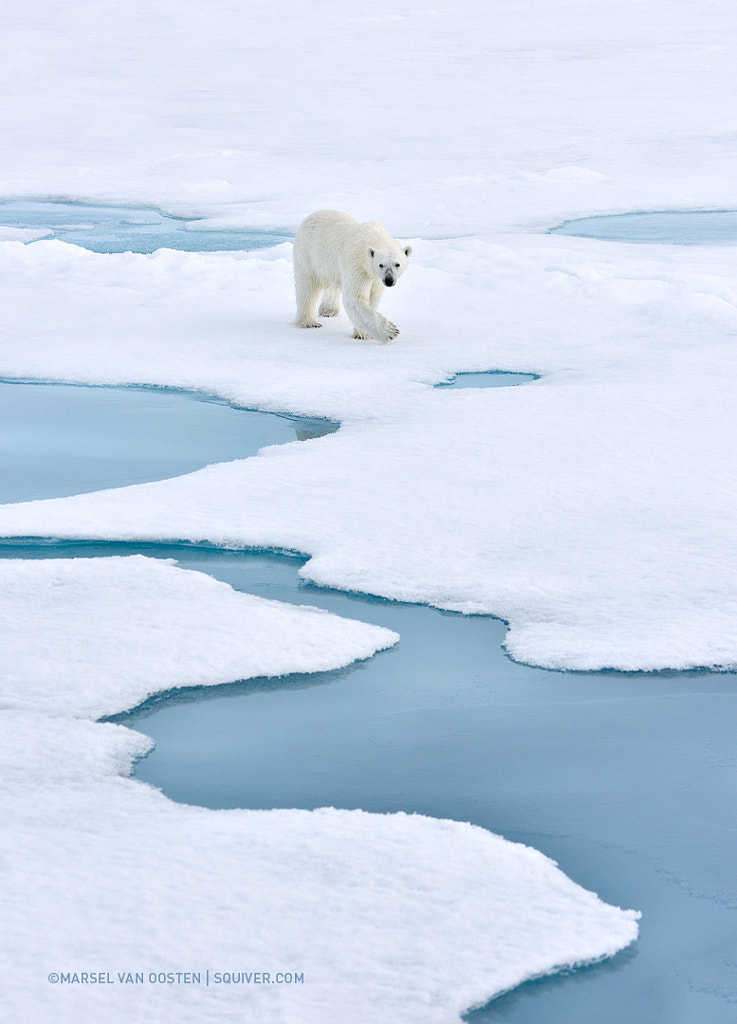
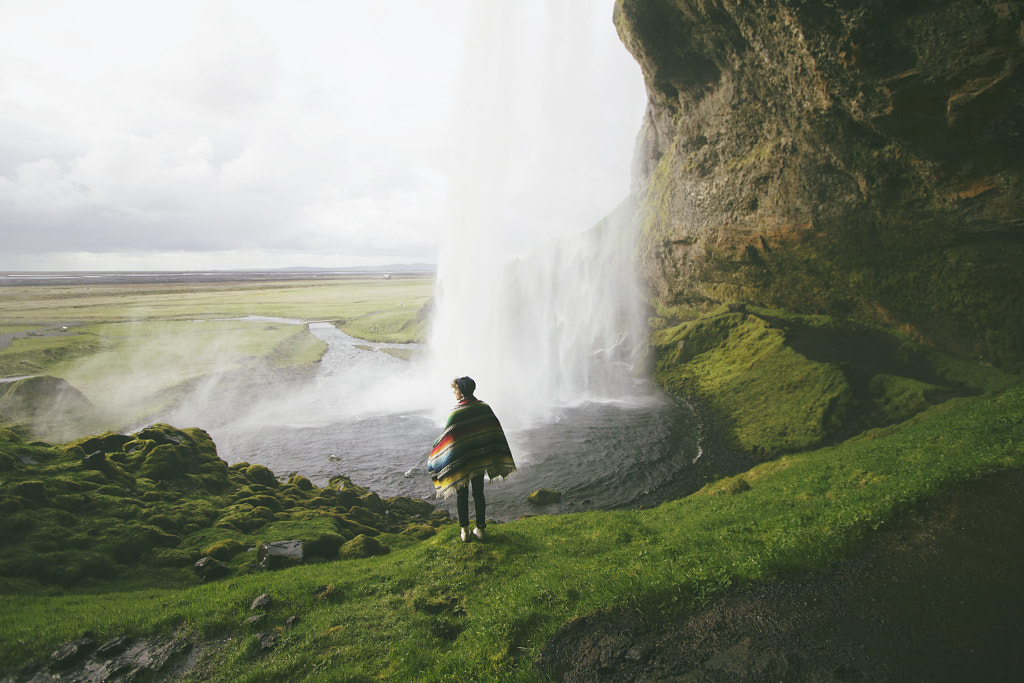
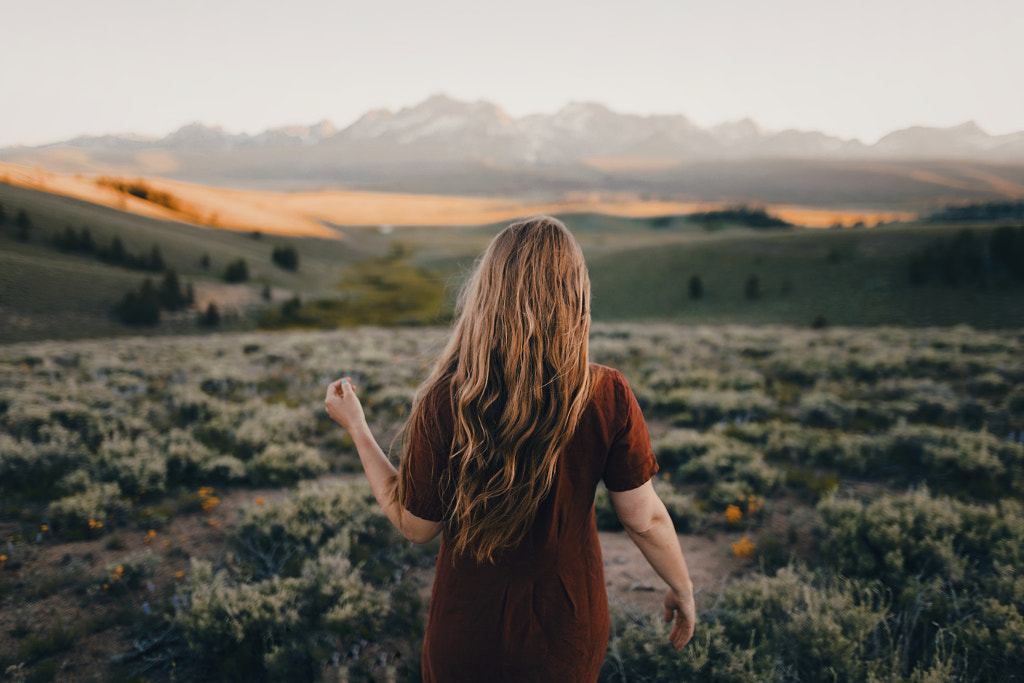
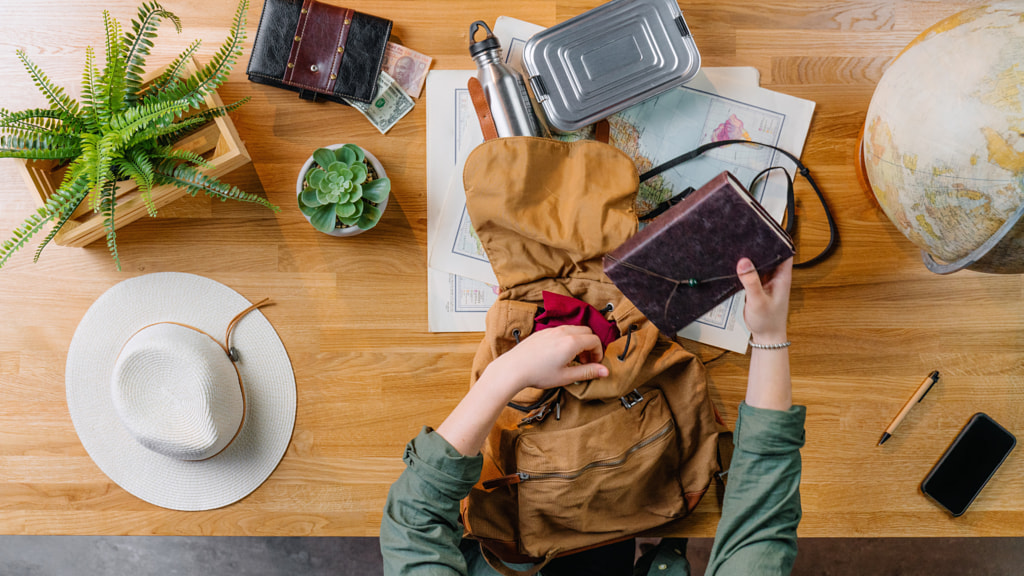


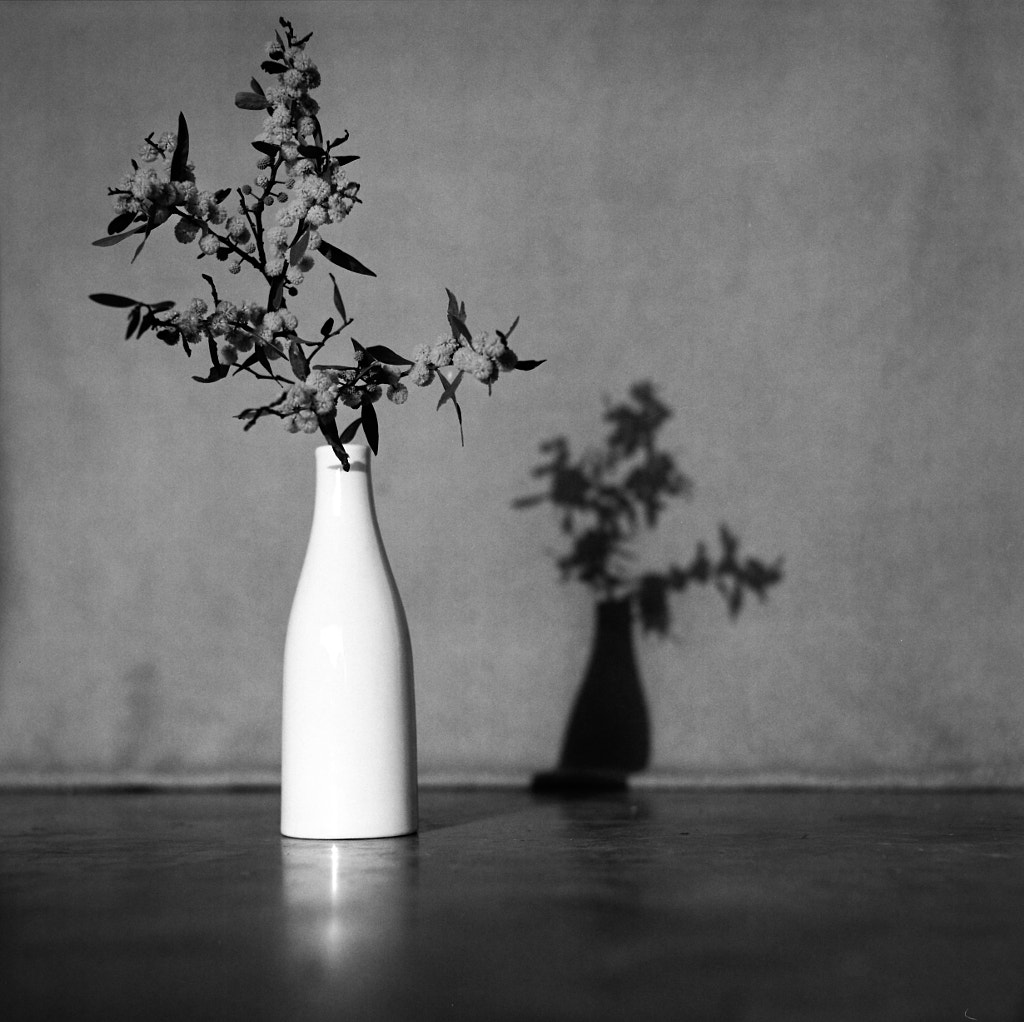
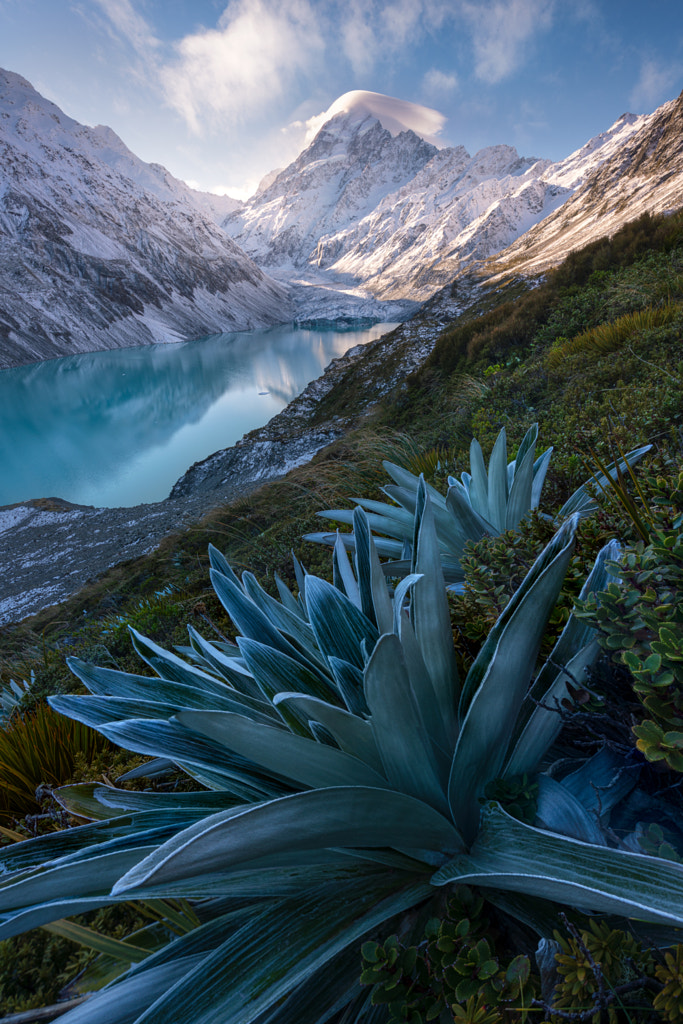

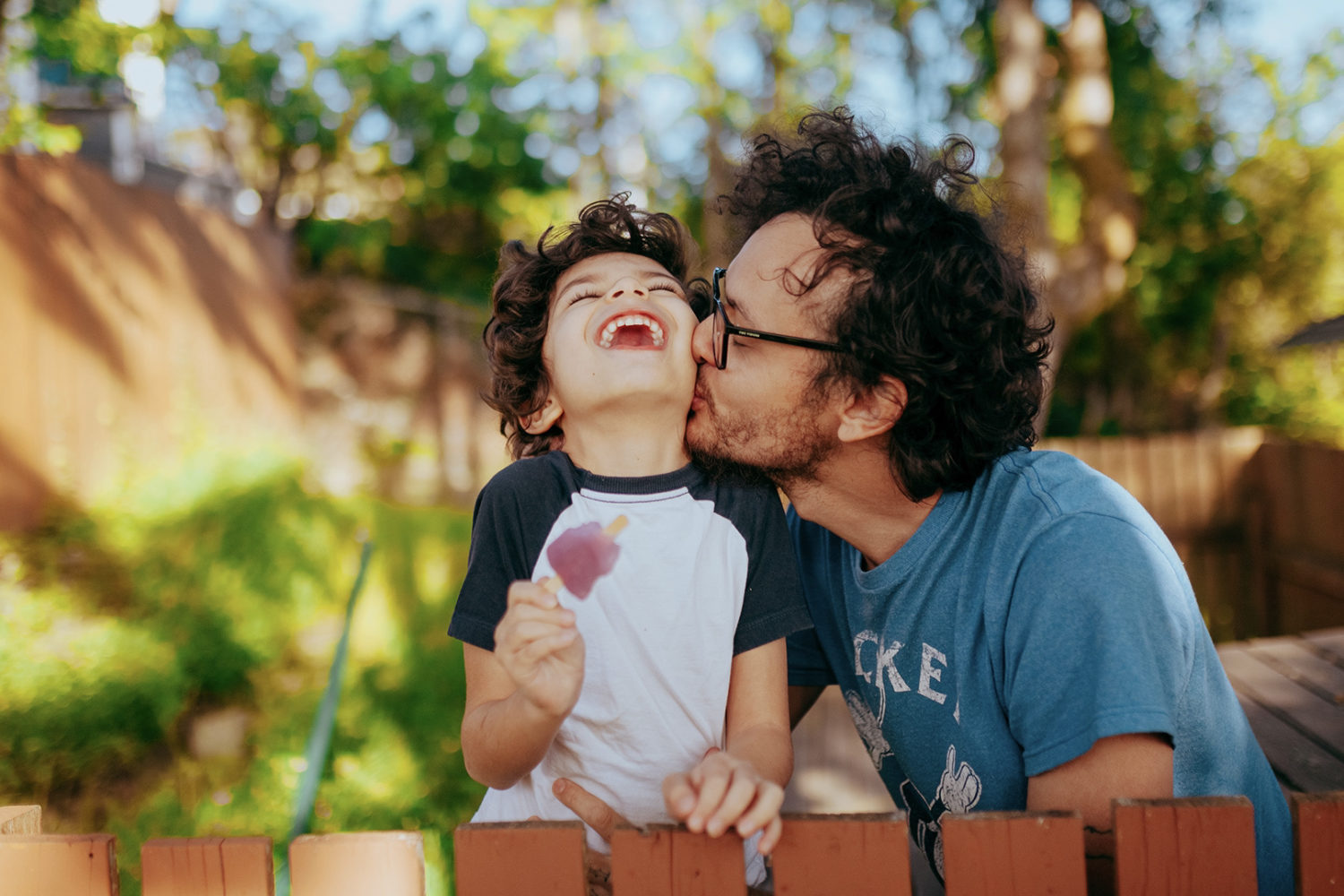
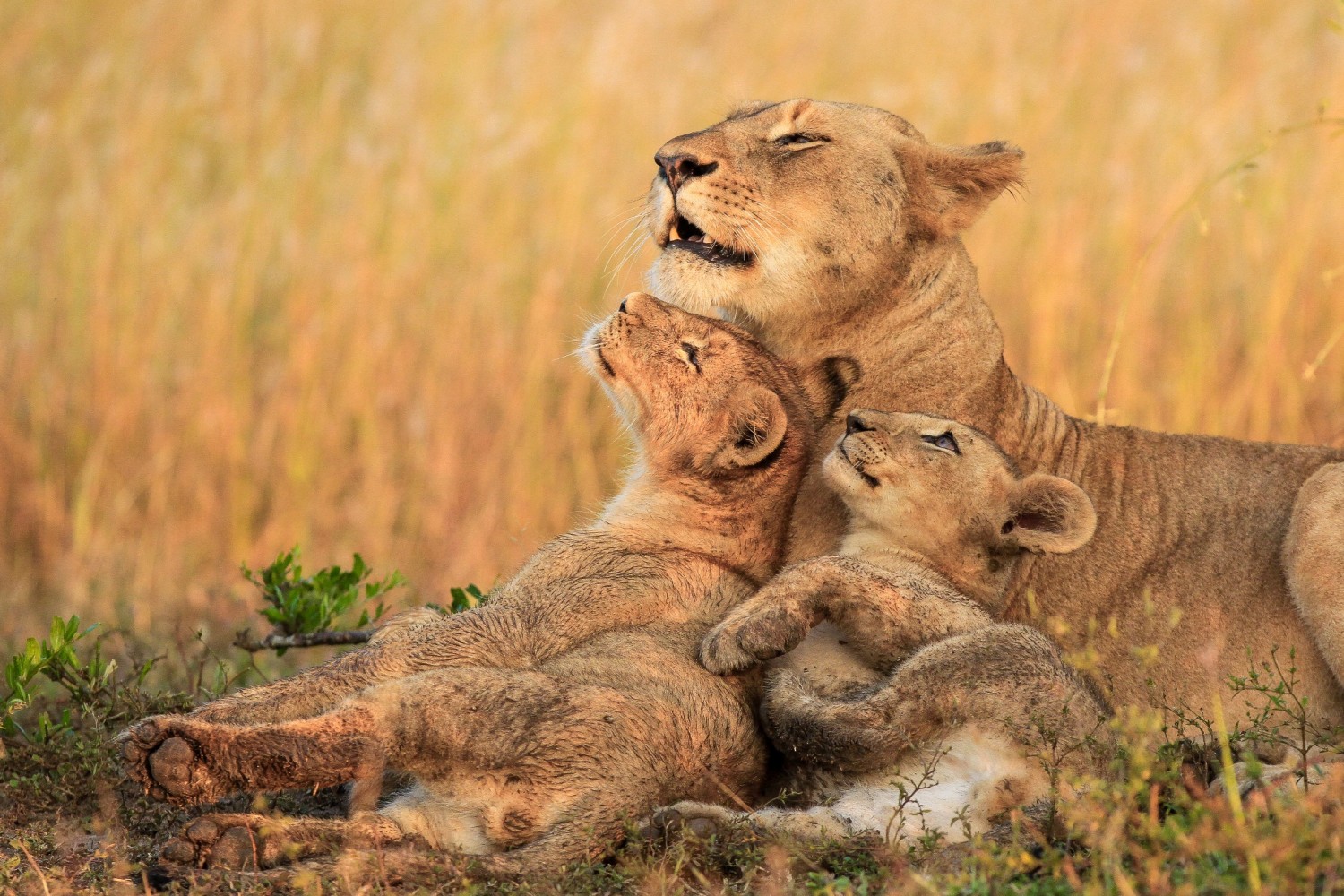

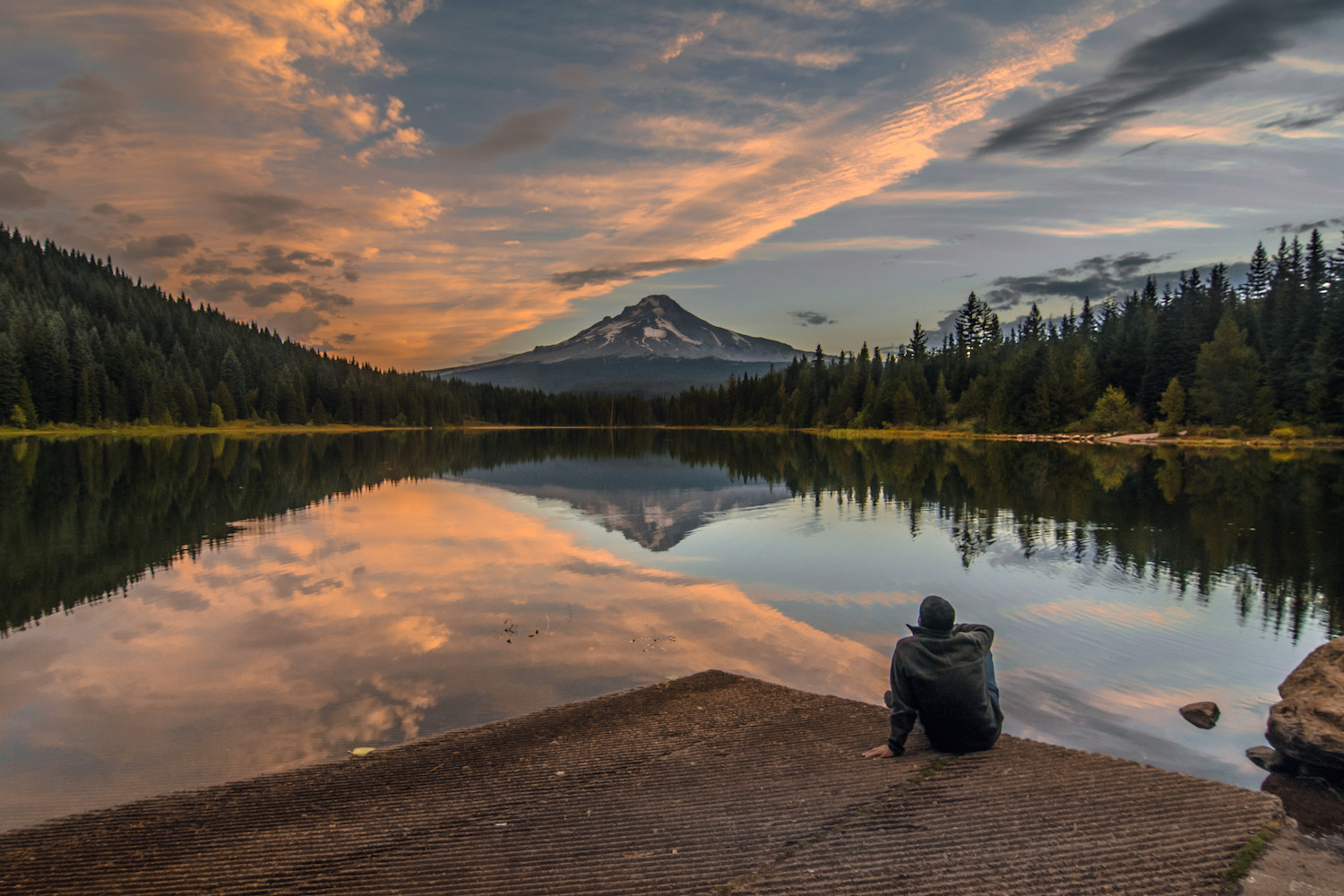
Leave a reply